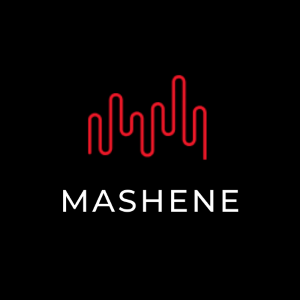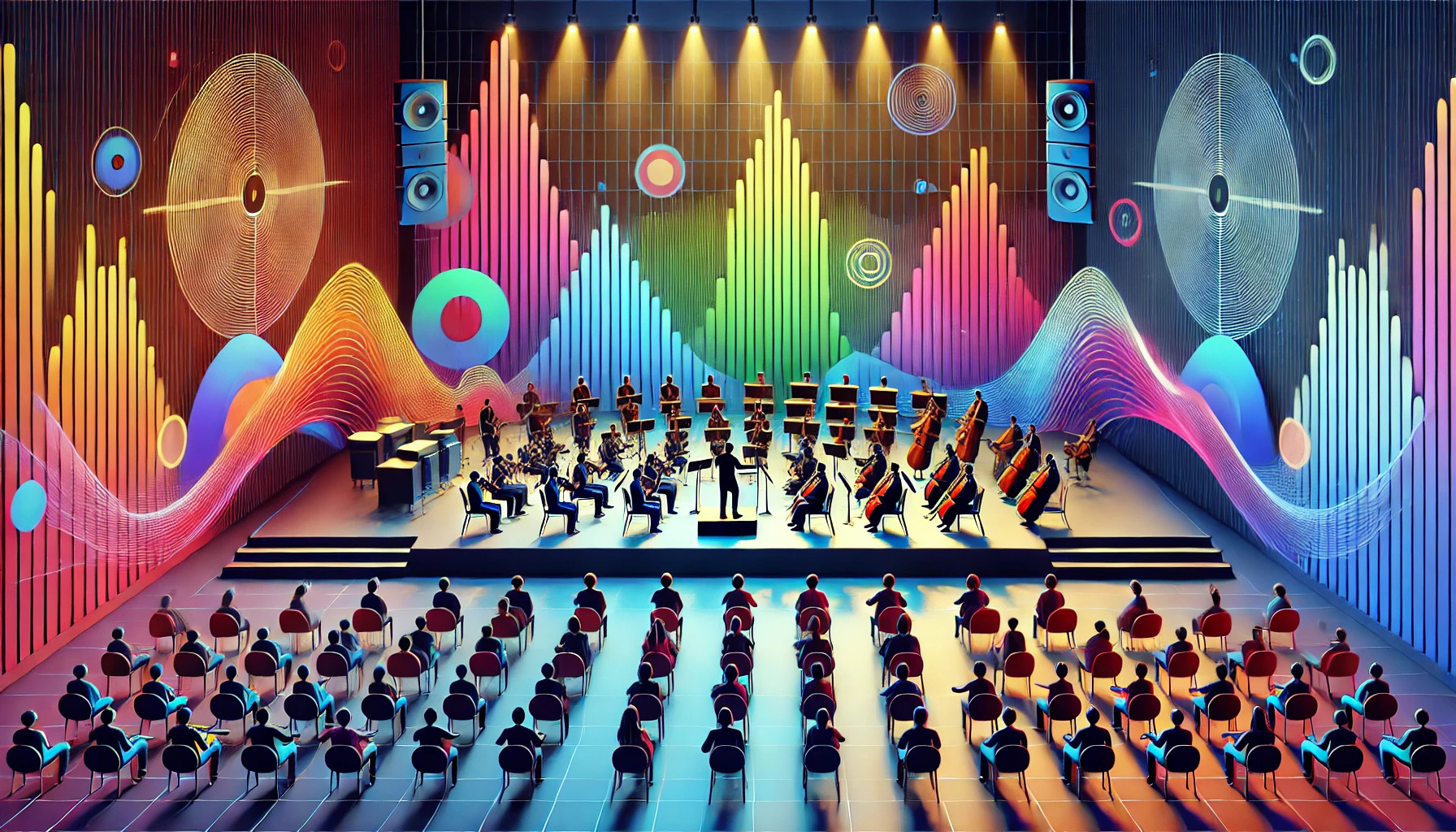In the ever-evolving realm of artificial intelligence, Google DeepMind has introduced a groundbreaking AI tool designed to generate video soundtracks using text prompts. This innovation not only simplifies the creation of audio content but also enhances the synchronization of sound with visual media, revolutionizing the way soundtracks are produced and integrated into videos.
Integrating Text Prompts and Video Content for Audio Generation
DeepMind’s new tool stands out by merging text prompts with video content to generate highly realistic soundtracks. Users can now create scenes enriched with a dramatic score, realistic sound effects, or dialogue that aligns perfectly with the characters and tone of the video. This dual-input method significantly enhances the quality and relevance of the generated audio.
Key Features of DeepMind’s AI Tool
- Text Prompt Integration: Users can input descriptive text prompts to guide the audio generation process. For instance, prompts like “cars skidding, car engine throttling, angelic electronic music” result in soundtracks that dynamically match the movement and context of a car driving through a cyberpunk cityscape.
- Content-Aware Audio Generation: The tool analyzes the video content to produce sound effects that are contextually appropriate. This capability ensures that the generated audio is not only high-quality but also contextually synchronized with the visual scenes.
- Endless Audio Options: One of the standout features is the tool’s ability to generate an unlimited number of soundtracks. This provides users with a vast array of audio options, ensuring that each video can have a unique and tailored soundtrack.
- Automatic Synchronization: Users are not required to manually sync the generated audio with the video scenes. The AI handles this task, making the process seamless and efficient.
Training and Technical Details
DeepMind trained its AI tool using extensive datasets comprising video, audio, and annotations. These datasets included detailed descriptions of sounds and transcripts of spoken dialogue, enabling the AI to accurately match audio events with corresponding visual scenes.
Challenges and Ongoing Improvements
Despite its impressive capabilities, the tool currently faces challenges, particularly in synchronizing lip movements with dialogue. DeepMind is actively working on enhancing this feature to ensure precise synchronization. Additionally, the quality of the video plays a crucial role in the performance of the audio generation. Grainy or distorted videos can result in a noticeable drop in audio quality.
Future Prospects and Availability
While the tool is not yet generally available, it is undergoing rigorous safety assessments and testing. Once released, the audio outputs will feature Google’s SynthID watermark to indicate that they are AI-generated, ensuring transparency and authenticity.
Potential Impact on the Industry
DeepMind’s innovative tool has the potential to set new standards in video soundtrack production. By automating the creation and synchronization of audio with video, it can significantly reduce the time and effort required to produce high-quality soundtracks. This development is particularly beneficial for creators in the film, gaming, and advertising industries, where audio plays a critical role in enhancing viewer engagement and experience.
Deep Minds
Google DeepMind’s AI tool for generating video soundtracks marks a significant advancement in the field of artificial intelligence. By combining text prompts with video content, it offers a powerful and efficient solution for creating high-quality, contextually appropriate soundtracks. As DeepMind continues to refine and improve this tool, it is poised to become an indispensable resource for content creators worldwide.
With the integration of advanced AI technology, DeepMind’s tool is set to revolutionize the audio production landscape, making it easier than ever for creators to produce compelling and immersive video content.


